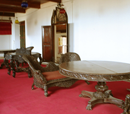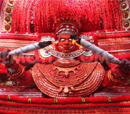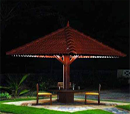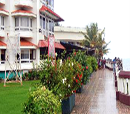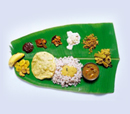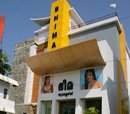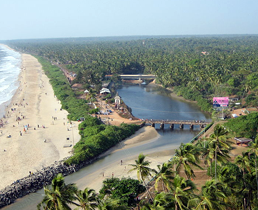
Kannur District is the most urbanised district in Kerala. About 50.35% of the population resides in the urban agglomerations. The total urban population of Kannur district is 1,212,898. This is the second largest urban population in Kerala after Ernakulam and is more than the population of a metro city.
The high urban population of the district is due to the 45 towns in the district which is the highest in Kerala. Kannur district has 7 statutory towns namely Kannur, Kannur Cantonment, Thalassery,Payyannur, Thaliparamba, Kuthuparamba and Mattannur. In addition to this there are 38 census towns.
Kannur District is known as the land of looms and lores, because of the loom industries functioning in the district and festivals held in temples. The district is a major centre of Theyyam, a ritual dance of northern Kerala. Small shrines known as kavus associated with the Theyyam dot the district.
Once a premier port of ancient Kerala, Kannur has been a favourite destination of foreign travellers from Europe, China and Arab countries. In his book of travels Marco Polo recounts his visit to the area in circa 1250 A.D and refers Cannanore as a great Emporia of spice trade. In the ‘Periplus of the Erithrean Sea’ a Greek work of great antiquity, Kannur finds mention as 'Naura'. Other famous visitors include Fahian, the Buddhist pilgrim and Ibn Batuta, writer and historian of Tangiers. . The district is set to have a new international airport. Kannur International Airport will be the fourth International Airport in Kerala.
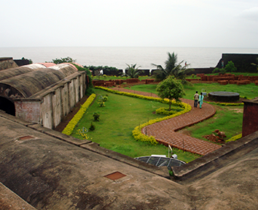
derivation of Kanathur, an ancient village in Kannur. Theyyam- the traditional dance form of Kerala is associated with this district.
The district was part of the Chera kingdom, which ruled most of Kerala during the first several centuries CE. Later Kannur was the capital of the Kolattiri Rajas, whose kingdom had trading relations with Arabia and Persia in the 12th century and 13th centuries. In his book on travels (Il Milione), Marco Polo recounts his visit to the area in mid 1290s. Other visitors included Faxian, the Buddhist pilgrim and Ibn Batuta, writer and historian of Tangiers.
It is also said that the ships of Solomon had anchored along the coasts of Kannur to collect timber for building the Temple of the Lord. Kannur also finds mention as Naura in the Periplus of the Erythraean Sea, a Greek work of great antiquity.
The Portuguese explorer Vasco da Gama visited Kannur in 1498, and shortly thereafter it became a Portuguese settlement. The Portuguese led by Don Francisco de Almeda, the first Portuguese viceroy for India, built the St. Angelo's Fort north of Kannur in 1505. In 1663 the Dutch captured the fort and in 1772 they sold the fort to Arakkal (King of Kannur). In 1790 the British captured the fort. At present, the fort is under the control of the Archaeological Survey of India. In the latter half of the 18th century, Hyder Ali and Tipu Sultan, rulers of Mysore, conquered much of the district and came into conflict with the British. In 1792, at the conclusion of the Third Anglo-Mysore War, the British took over Kannur and the surrounding region, which became the new District of British India's Madras Presidency.

Muzhappilangad Drive-in Beach is a beach in the state of Kerala in southwestern India.It is located parallel to National Highway 66 between Kannur
and Thalassery


